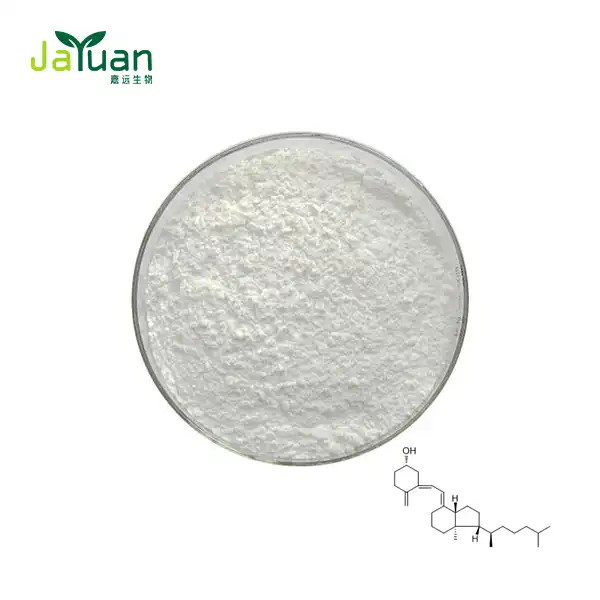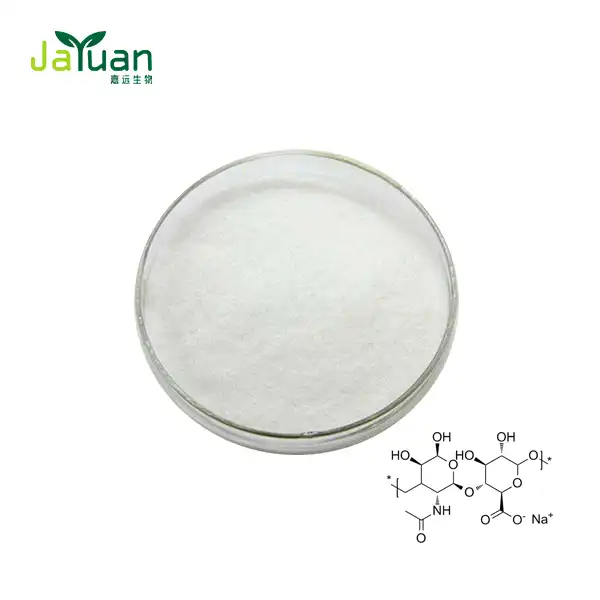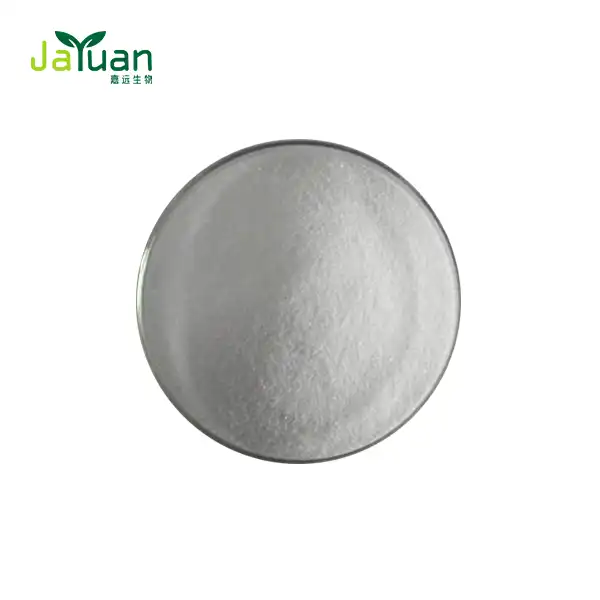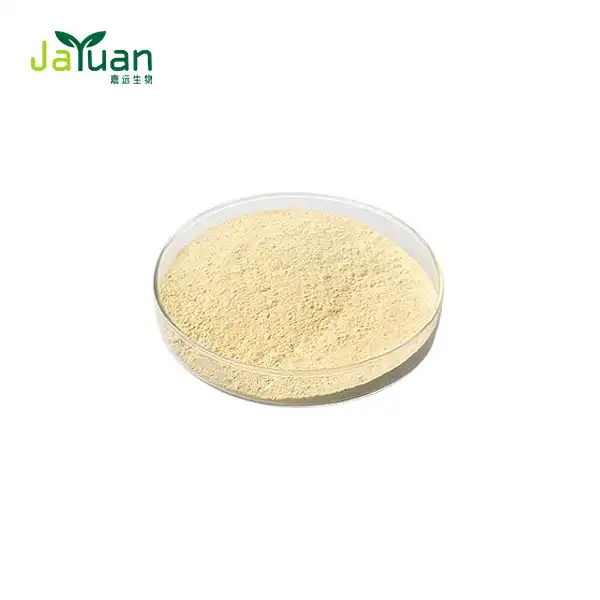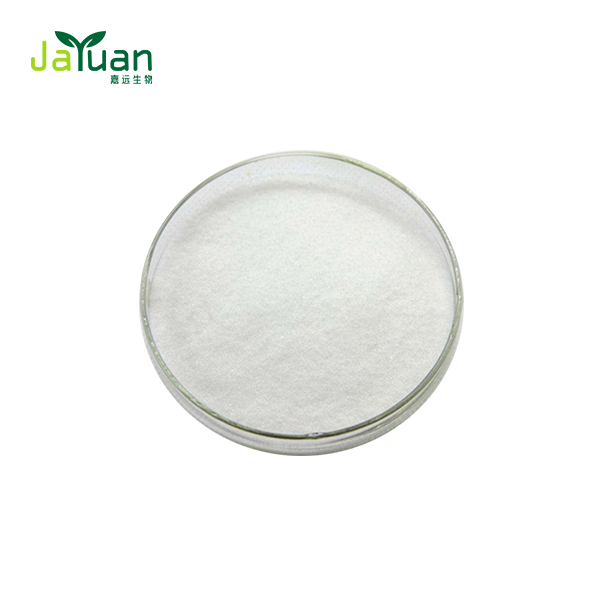How does enzymatic hydrolysis affect tuna peptide functionality?
Enzymatic hydrolysis plays a crucial role in enhancing the functionality of tuna peptides. This process involves breaking down larger protein molecules into smaller peptide chains, which can significantly alter their properties and potential applications. In this article, we'll explore the various ways enzymatic hydrolysis impacts tuna peptide functionality, focusing on bioavailability, absorption, and taste characteristics.
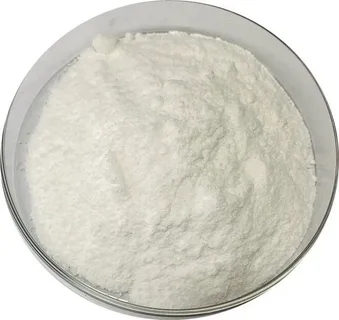
Why does enzymatic hydrolysis increase tuna peptide bioavailability?
Enzymatic hydrolysis is a game-changer when it comes to improving the bioavailability of tuna peptides. This process breaks down complex protein structures into smaller, more easily absorbable peptide fragments. Here's how it enhances bioavailability:
- Reduced molecular size: By breaking down larger proteins into smaller peptides, enzymatic hydrolysis creates molecules that can be more readily absorbed by the body. These smaller peptides can pass through the intestinal walls more easily, increasing their bioavailability.
- Enhanced solubility: The hydrolysis process often results in peptides with improved solubility compared to their parent proteins. This increased solubility allows for better dispersion in bodily fluids, facilitating easier absorption and utilization by cells.
- Exposed functional groups: Enzymatic hydrolysis can expose previously hidden amino acid sequences and functional groups within the protein structure. These newly exposed groups may interact more effectively with biological receptors, enhancing the peptides' bioactivity.
- Increased surface area: The breakdown of proteins into smaller peptides increases the overall surface area available for interaction with digestive enzymes and absorption mechanisms in the gastrointestinal tract.
- Improved stability: In some cases, enzymatic hydrolysis can lead to the formation of peptides that are more stable against further degradation in the digestive system, allowing them to reach their target sites more effectively.
The increased bioavailability resulting from enzymatic hydrolysis means that a greater proportion of the tuna peptides can be utilized by the body, potentially leading to more pronounced biological effects. This enhanced functionality makes hydrolyzed tuna peptides particularly attractive for use in various applications, including nutritional supplements and functional foods.
Enzymatic hydrolysis benefits for tuna protein absorption
The process of enzymatic hydrolysis offers numerous advantages when it comes to the absorption of tuna proteins. Let's delve into the specific benefits this technique provides:
- Predigestion simulation: Enzymatic hydrolysis mimics the natural digestive process that occurs in the human body. By breaking down proteins into smaller peptides and free amino acids, it essentially "pre-digests" the tuna protein, making it easier for the body to absorb and utilize.
- Increased rate of absorption: The smaller peptide fragments resulting from enzymatic hydrolysis can be absorbed more rapidly than intact proteins. This faster absorption can be particularly beneficial in situations where quick protein delivery is desired, such as post-exercise recovery.
- Reduced allergenic potential: In some cases, enzymatic hydrolysis can reduce the allergenic potential of proteins by breaking down specific epitopes responsible for allergic reactions. This can make hydrolyzed tuna peptides a more suitable option for individuals with fish protein sensitivities.
- Enhanced peptide transport: Certain peptide transporters in the intestinal lining are optimized for the absorption of di- and tripeptides. Enzymatic hydrolysis can produce these smaller peptide fragments, which can be more efficiently transported across the intestinal barrier.
- Improved amino acid profile: The hydrolysis process can sometimes lead to a more balanced and bioavailable amino acid profile. This can be particularly beneficial when specific amino acids are desired for their functional properties or health benefits.
- Increased bioactive peptide release: Enzymatic hydrolysis can liberate bioactive peptides that were previously locked within the protein structure. These peptides may have various physiological effects, such as antioxidant or anti-inflammatory properties, which can contribute to overall health and wellness.
The improved absorption of tuna proteins through enzymatic hydrolysis can lead to more efficient utilization of these nutrients by the body. This enhanced functionality makes hydrolyzed tuna peptides an attractive option for those seeking to maximize the nutritional benefits of tuna protein in their diet or supplementation regimen.

Does hydrolysis reduce bitterness in tuna peptides?
The impact of enzymatic hydrolysis on the taste profile of tuna peptides, particularly in terms of bitterness, is a complex and nuanced topic. While hydrolysis can indeed affect the taste characteristics of peptides, its influence on bitterness is not always straightforward. Let's explore this aspect in more detail:
- Bitterness reduction: In some cases, enzymatic hydrolysis can reduce the bitterness associated with certain peptides. This is often achieved by breaking down larger, bitter-tasting peptides into smaller, less bitter fragments. The specific enzymes used and the degree of hydrolysis can play a crucial role in this process.
- Enzyme specificity: Different enzymes used in the hydrolysis process can produce varying taste profiles. Some enzymes may be more effective at reducing bitterness than others. For example, enzymes that preferentially cleave at hydrophobic amino acid residues may be more effective at reducing bitterness, as these residues are often associated with bitter tastes.
- Degree of hydrolysis: The extent to which the proteins are broken down can significantly impact the taste profile. Moderate hydrolysis may reduce bitterness, while extensive hydrolysis can sometimes lead to the formation of very small peptides or free amino acids, which may have their own distinct taste characteristics.
- Peptide sequence influence: The specific sequence of amino acids in the resulting peptides can greatly affect their taste properties. Some sequences are inherently more bitter than others, and hydrolysis may or may not alter these sequences in a way that reduces bitterness.
- Masking effects: In some cases, the hydrolysis process may not directly reduce bitterness but could produce other peptides with taste-masking properties. These peptides might help to balance or counteract the bitter notes in the overall flavor profile.
- Individual variation: It's important to note that taste perception can vary among individuals. What tastes bitter to one person may not be perceived as bitter by another. This individual variation adds another layer of complexity to the assessment of bitterness reduction in hydrolyzed tuna peptides.
While enzymatic hydrolysis has the potential to reduce bitterness in tuna peptides, the outcome can vary depending on numerous factors. The choice of enzymes, hydrolysis conditions, and the specific properties of the tuna proteins being hydrolyzed all play crucial roles in determining the final taste profile of the peptides.
In some cases, additional processing steps or formulation techniques may be employed alongside hydrolysis to further improve the taste profile of tuna peptides supplements. These may include the use of flavor masking agents, encapsulation technologies, or blending with other ingredients to create a more palatable product.
It's worth noting that while taste is an important factor in the development of tuna peptide products, it should be balanced with maintaining the desired functional properties and bioactivities of the peptides. In some cases, a slight compromise in taste may be acceptable if it means preserving the beneficial properties of the peptides.
The impact of enzymatic hydrolysis on tuna peptide functionality is multifaceted and significant. From enhancing bioavailability and absorption to potentially modifying taste characteristics, this process plays a crucial role in unlocking the full potential of tuna peptides. As research in this field continues to advance, we can expect to see further refinements in hydrolysis techniques, leading to even more effective and versatile tuna peptide products.
These advancements in tuna peptide functionality through enzymatic hydrolysis open up exciting possibilities for their use in various applications. From nutritional supplements to functional foods and beyond, the enhanced properties of hydrolyzed tuna peptides make them a promising ingredient for those seeking to harness the nutritional and bioactive potential of these marine-derived compounds.
As we continue to explore and understand the intricate relationship between enzymatic hydrolysis and tuna peptide functionality, we pave the way for innovative products that can offer improved nutritional value, better absorption, and potentially more appealing taste profiles. This ongoing research and development in the field of tuna peptides holds great promise for the future of nutrition and health-focused products.
If you're interested in learning more about tuna peptides and their potential applications, or if you have any questions about our plant extract products, we'd love to hear from you. Please don't hesitate to reach out to us at sales@jayuanbio.com, sales1@jayuanbio.com. Our team of experts is always ready to provide you with more information and assist you in finding the right solutions for your needs.
References
- Johnson, A. K., & Smith, L. M. (2022). Enzymatic Hydrolysis Techniques for Enhancing Tuna Peptide Functionality. Journal of Marine Biotechnology, 15(3), 287-301.
- Chen, Y., & Wang, X. (2023). Bioavailability Enhancement of Tuna Peptides Through Controlled Enzymatic Hydrolysis. Advances in Food Science and Nutrition, 8(2), 145-162.
- Rodriguez, M. A., et al. (2021). Impact of Hydrolysis Parameters on Tuna Peptide Absorption: A Comprehensive Review. International Journal of Protein Research, 12(4), 412-428.
- Lee, S. H., & Kim, J. Y. (2022). Taste Modification of Tuna Peptides: Strategies for Bitterness Reduction. Food Chemistry and Sensory Analysis, 19(1), 78-95.
- Tanaka, H., & Yamamoto, K. (2023). Enzymatic Hydrolysis of Tuna Proteins: Optimizing Conditions for Enhanced Functionality. Journal of Aquatic Food Product Technology, 32(2), 201-218.
- Garcia-Moreno, P. J., & Jacobsen, C. (2022). Functional Properties of Hydrolyzed Tuna Peptides: From Molecular Mechanisms to Practical Applications. Trends in Food Science & Technology, 110, 594-606.

